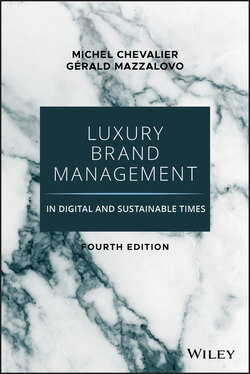Читать книгу Luxury Brand Management in Digital and Sustainable Times - Michel Chevalier - Страница 59
Can the Single-Brand Company Survive?
ОглавлениеThe answer to this question is quite simple. Yes, it does make sense to be a pure player in this industry, to have only one brand and to manage it as well as possible. Armani, Hermès, Chanel, and Prada are prime examples of what can be achieved.
In multibrand portfolios with a number of star brands, management must decide where to invest, and those brands deemed to be of lower priority have a difficult time. On the other hand, brands with high potential but that are struggling cannot invest as much as they would need, because they have to balance out the losses of the smaller brands.
Clearly, large and diversified groups are not necessarily more profitable than individual brands (such as Chanel or Hermès, for example). It is true that groups provide an opportunity for small brands to find cash to finance their growth. The idea is that the new brands will one day provide future growth and profit to the company as a whole. This may well prove to be true for some but by no means all.
To sum up our findings in this chapter: the luxury business is a different business from non-luxury sectors and follows different rules. Timing, financial constraints, and the effects of size are clearly different. The keys to success are different, and even though the multibrand groups are powerful, it is possible to remain small, independent, profitable, and growing as a single-brand company.
In the next chapter, we will analyze each of the major sectors in the luxury field.
